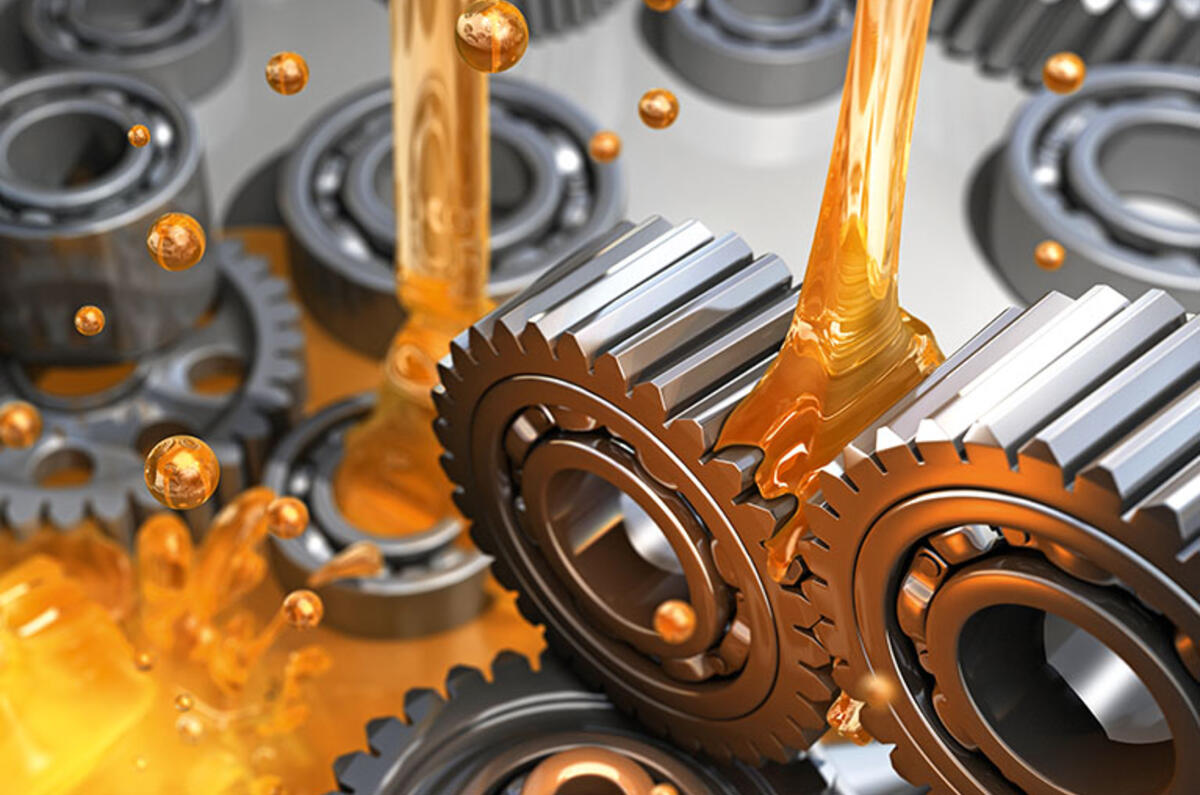Multigrade engine oil is one of the best examples of chemical wizardry since cars were invented but driveline lubricants – the stuff that looks after your gearbox, differential and four-wheel drive systems – is just as clever. Higher-viscosity lubricants are needed inside the driveline to resist the massive forces exerted between gear teeth. Like engine oils, this family of lubricants were once monograde and for modern applications have evolved into multigrade.
Gear oils struggle to do the job from cold, because driveline components take longer to warm up than the engine. In most cases, gears are lubricated by splashing due to the gears being partially immersed, and not by pumped oil like the engine. With old-school monograde oils, lubrication from cold was compromised and the internal drag they caused consumed power and fuel. It was the gear equivalent of trying to run through shallow water, so fuel would be burnt just trying to overcome these ‘churning losses’. Multigrade gear oils and additive packages designed to make the oil flow more easily help minimise that. Additive manufacturers can measure the effectiveness of them using driveline components mounted on test rigs to determine torque in and torque out.
A special type of gear called ‘hypoid’, usually found in differentials, gives the oil a harder time than usual due to the sliding action of the meshing teeth. Extreme pressure (EP) oils are developed for hypoid gears but contain additives that attack yellow metals such as brass – the material traditionally used in the synchromesh of manual gearboxes. It’s just one reason why using the right oil matters so much.
The job of gear oil developers got really tricky with the widespread use of wet (oil-lubricated) clutches in limited-slip differentials, dual-clutch transmissions, torque vectoring and four-wheel-drive systems. The additive packages in these have to strike the right balance between lubricating and allowing the friction materials in the clutches to grip. The chemists do specialised tests on the fluids and friction materials to get the balance just right. It’s another great example of oils being precisely developed for a specific job.
Both engine and driveline lubricants share the same fundamental goal, which is to reduce friction, and the most effective way they can do that is to stop surfaces from touching each other at all by creating an oil film between them. Even highly polished surfaces look like the surface of Mars under a powerful microscope, a bizarre landscape of mountainous peaks and plunging valleys.
If the two rub together, the result is heat and wear, the peaks are broken off, forming abrasive particles, and the whole situation deteriorates until components become completely worn out. In a process called hydrodynamic lubrication, lubricating oil creates a film between the two, separating them. The two surfaces float rather than grind over one another and wear is massively reduced. It’s just another example of why the stuff we take for granted lined up on the shelves of the filling station is actually the work of genius.








Join the debate
Add your comment
Interesting
More like this please.
Fascinating...
Nice to read a short article that explains how an everyday used substance does such an important job.
Peter Cavellini wrote:
First post and straight to the point with an incisive, accurate and informative contribution.